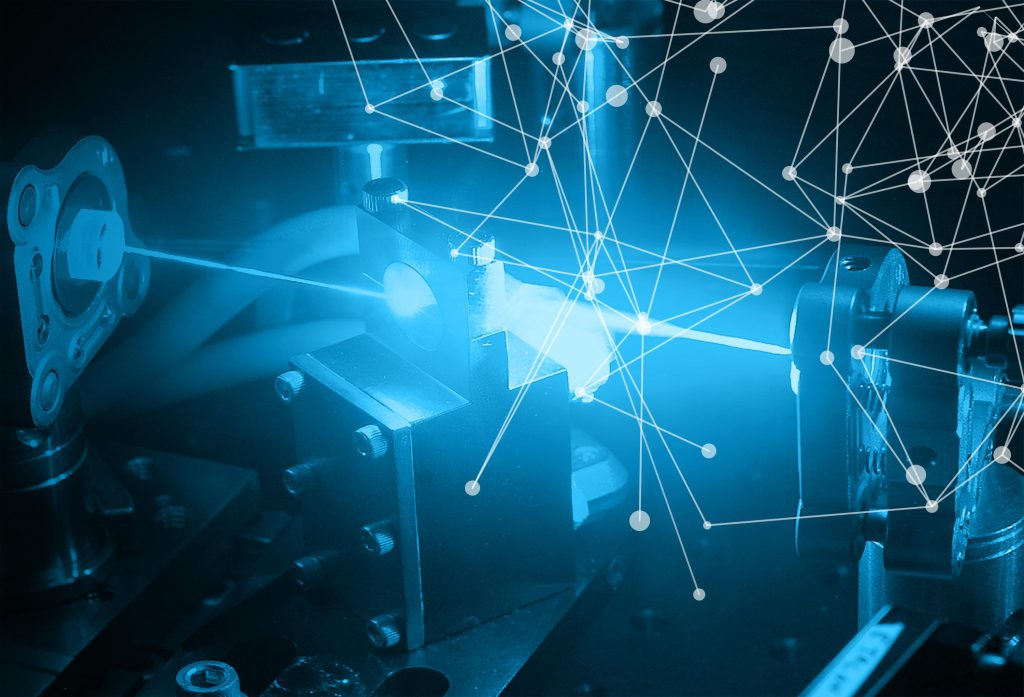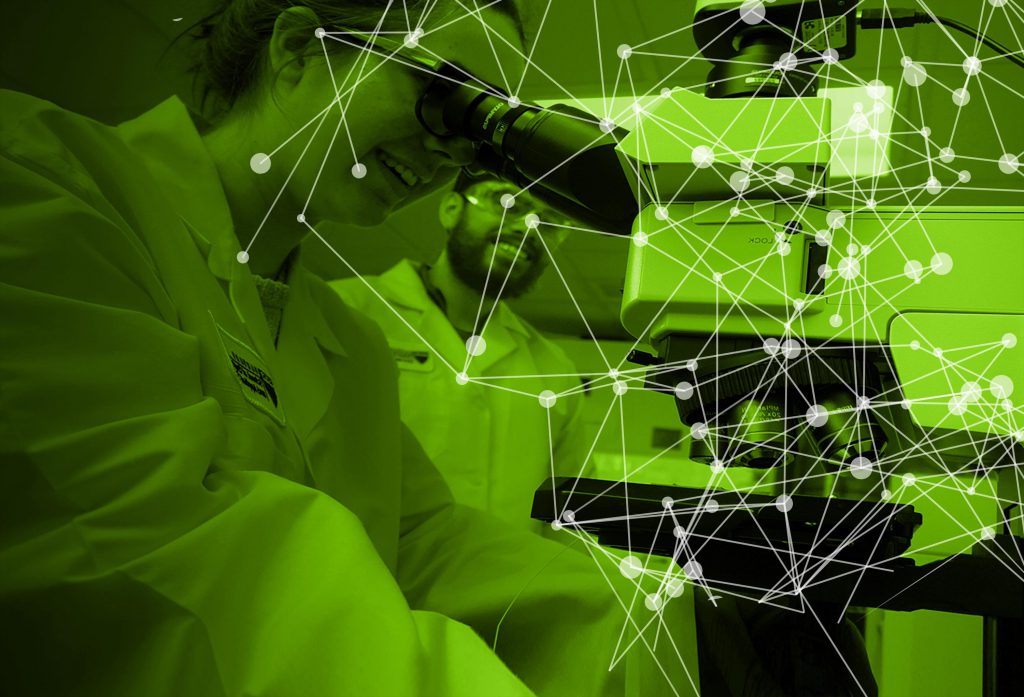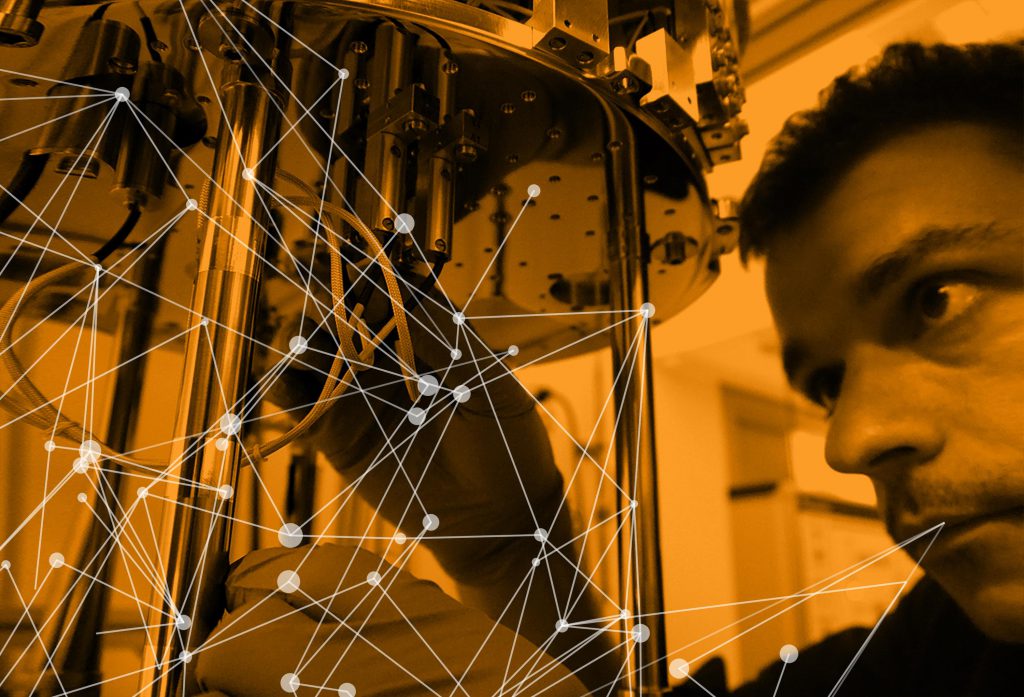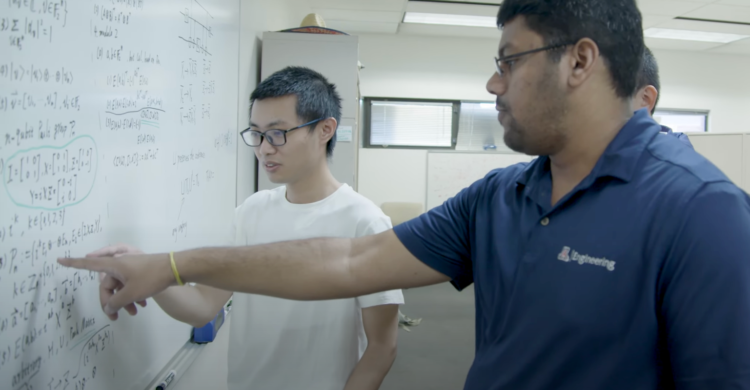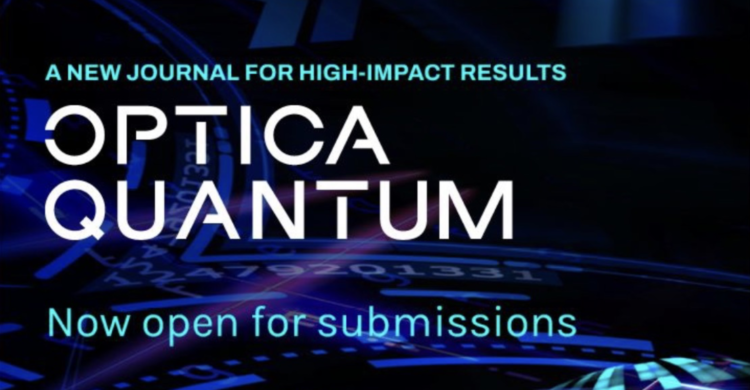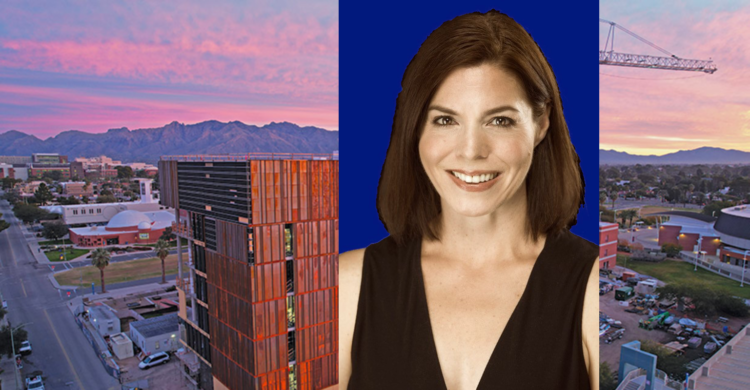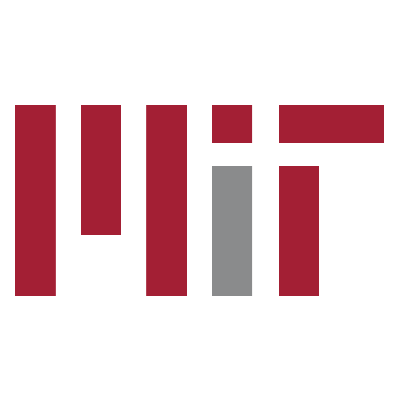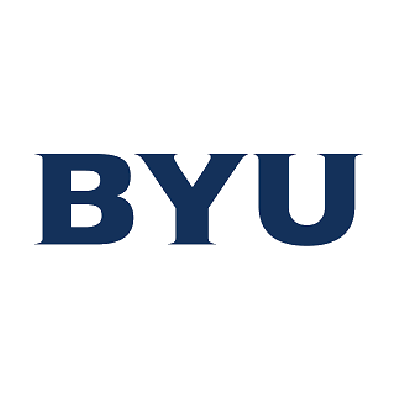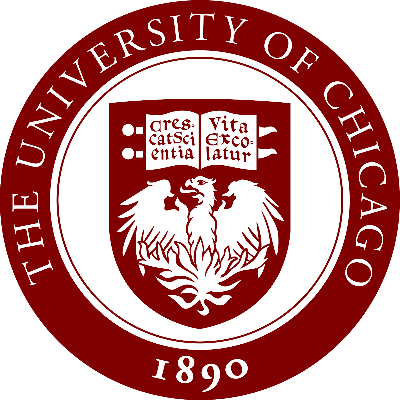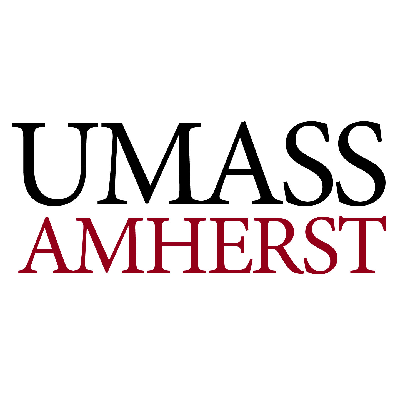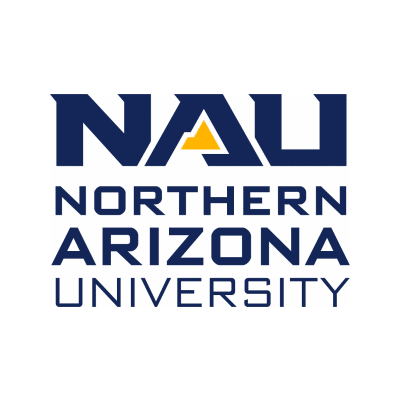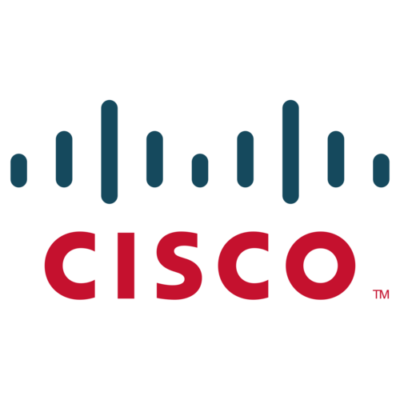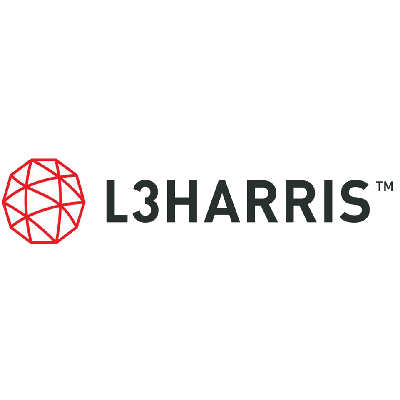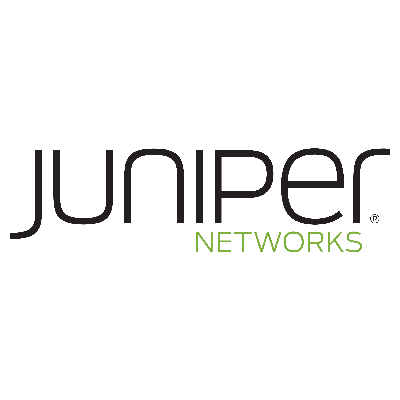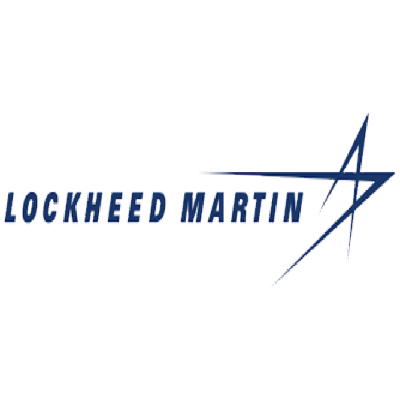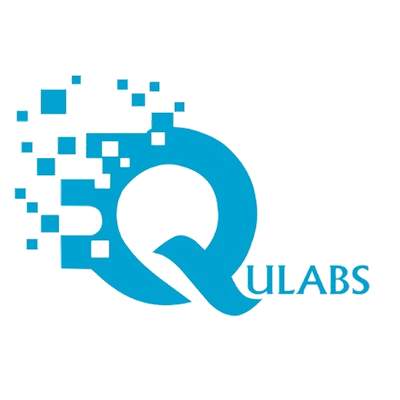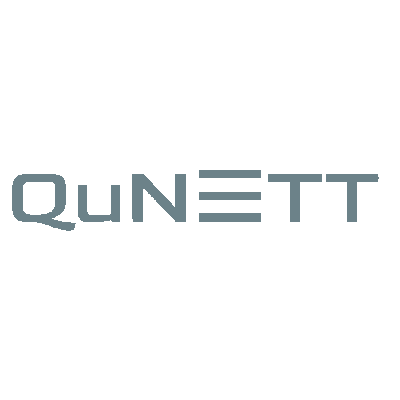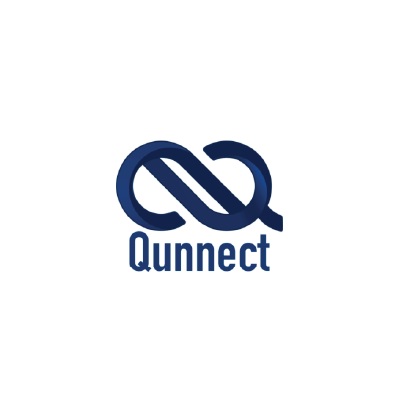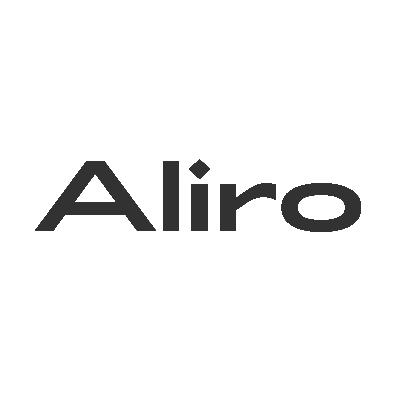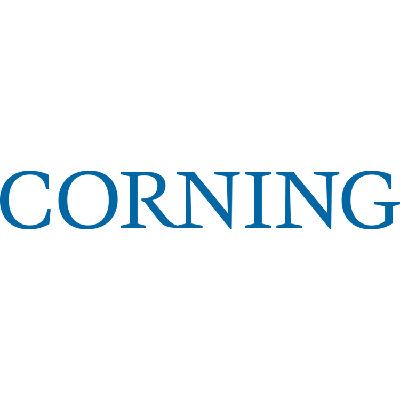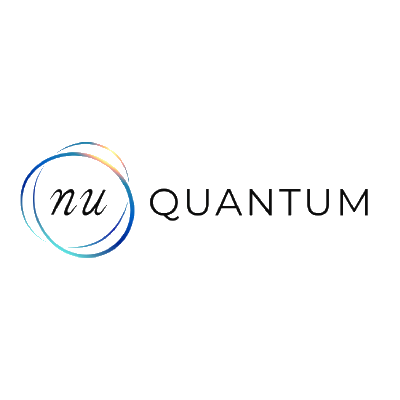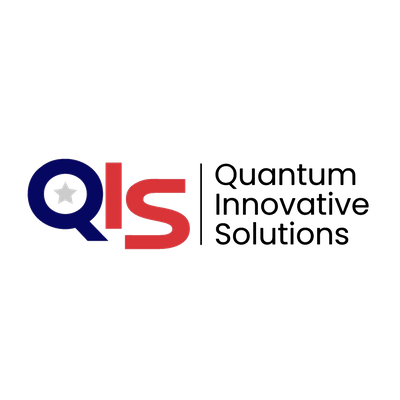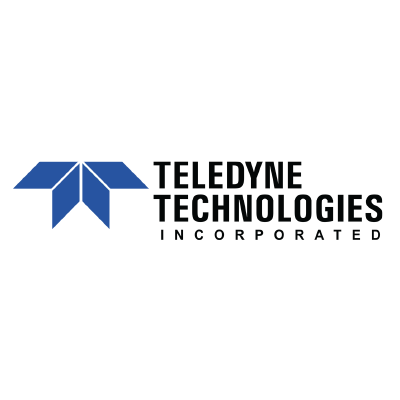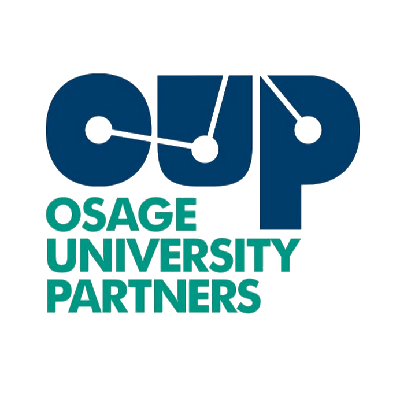Analysis of Asynchronous Protocols for Entanglement Distribution in
Quantum Networks
- Shahrooz Pouryousef
- Hassan Shapourian
- Don Towsley
The distribution of entanglement in quantum networks is typically approached
under idealized assumptions such as perfect synchronization and centralized
control, while classical communication is often neglected. However, these
assumptions prove impractical in large-scale networks. In this paper, we
present a pragmatic perspective by exploring two minimal asynchronous
protocols: a parallel scheme generating entanglement independently at the link
level, and a sequential scheme extending entanglement iteratively from one
party to the other. Our analysis incorporates non-uniform repeater spacings and
classical communications and accounts for quantum memory decoherence. We
evaluate network performance using metrics such as entanglement bit rate,
end-to-end fidelity, and secret key rate for entanglement-based quantum key
distribution. Our findings suggest the sequential scheme’s superiority due to
comparable performance with the parallel scheme, coupled with simpler
implementation. Additionally, we propose a cutoff strategy to improve
performance by discarding attempts with prolonged memory idle time, effectively
eliminating low-quality entanglement links. Finally, we apply our methods to
the real-world topology of SURFnet and report the performance as a function of
memory coherence time.
